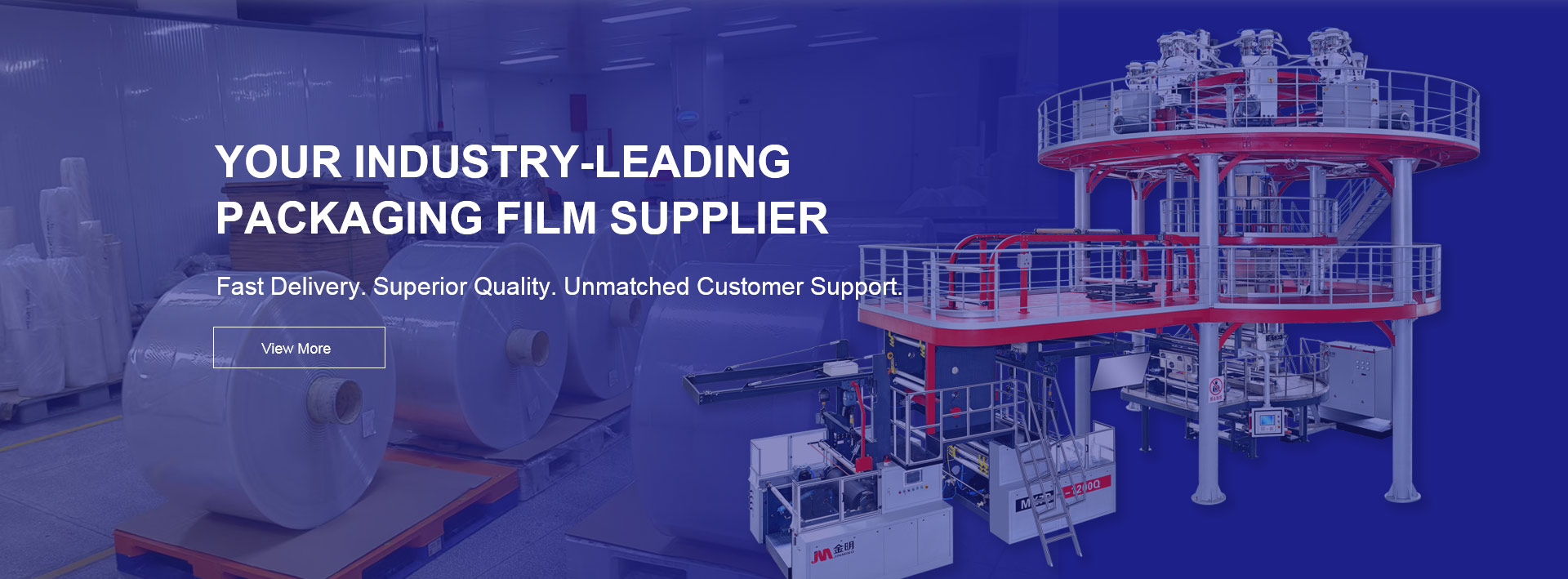
Understanding the oxygen transmission rate and moisture transmission rate in barrier films is essential for industries that rely on reliable protection for packaged products. These two parameters determine how effectively a film can restrict external gases and water vapor from entering a package. In sectors such as food packaging, pharmaceuticals, personal care, and industrial materials, a stable barrier helps maintain product freshness, extend shelf life, and prevent performance degradation. Manufacturers and buyers often compare films by examining these transmission values because they directly impact preservation, durability, and storage conditions.
The oxygen transmission rate describes the amount of oxygen that can penetrate a film over a given period under specific testing conditions. A lower rate indicates a stronger oxygen barrier, which is particularly important for oxygen-sensitive materials, powders, liquids, and organic products. Many high-performance barrier films are engineered with multilayer structures or coated surfaces that significantly reduce oxygen permeability. These structures allow the film to minimize oxidation reactions and maintain color, flavor, and chemical stability inside a package.
Moisture transmission is another critical indicator that influences how well a packaging material protects contents from humidity or water vapor transfer. The moisture transmission rate quantifies the amount of water vapor that travels through the film over time. A low value is preferred in environments where condensation, hydration imbalance, or moisture-sensitive materials may cause spoilage, clumping, or structural failure. Barrier films designed for low moisture transmission often incorporate advanced resins, laminated layers, or inorganic coatings to prevent vapor penetration during shipping and storage.
Below is a simplified comparison of typical oxygen and moisture transmission ranges across common barrier film types. The values vary by thickness, resin structure, and testing standards, but they reflect general tendencies used in packaging selection.
| Film Type | Typical Oxygen Transmission Rate | Typical Moisture Transmission Rate |
|---|---|---|
| EVOH High-Barrier Film | Very low | Moderate |
| Metallized PET | Low | Low |
| Aluminum Foil Laminate | Near zero | Near zero |
| PA/Nylon Film | Moderate | Moderate |
| Standard PE Film | High | High |
Barrier performance is closely tied to material engineering. Films with inorganic coatings or metal layers generally deliver near-zero oxygen and moisture permeability. Coextruded structures also enhance barrier stability because they integrate multiple functional layers into one composite. In industries where transportation distances are long or products are stored for extended periods, these enhanced designs offer greater reliability. Selecting the appropriate film requires evaluating the product’s sensitivity, storage environment, and regulatory expectations.
Testing methods are standardized to ensure that barrier values remain consistent across different materials. The most common approaches include differential pressure methods for oxygen and humidity-controlled chambers for moisture. These processes simulate practical environmental conditions, allowing manufacturers to understand how the film behaves during real storage. As barrier technologies improve, newer films are achieving lower transmission values with thinner profiles, providing sustainability advantages without sacrificing protection.
For buyers seeking dependable barrier film solutions, choosing a supplier with consistent quality control and advanced production capability is essential. JINBORUN offers a range of functional films engineered to deliver stable oxygen and moisture barrier performance. Their materials are developed for high-precision packaging needs and can help enhance product protection across multiple application fields.
In summary, oxygen and moisture transmission rates are key indicators of how effectively a barrier film isolates packaged goods from external environments. Evaluating these values helps manufacturers match the right film to the product’s requirements, ensuring freshness, extended stability, and protection throughout distribution. As demand for high-performance barrier materials increases, understanding these transmission rates remains an important part of packaging design and procurement.